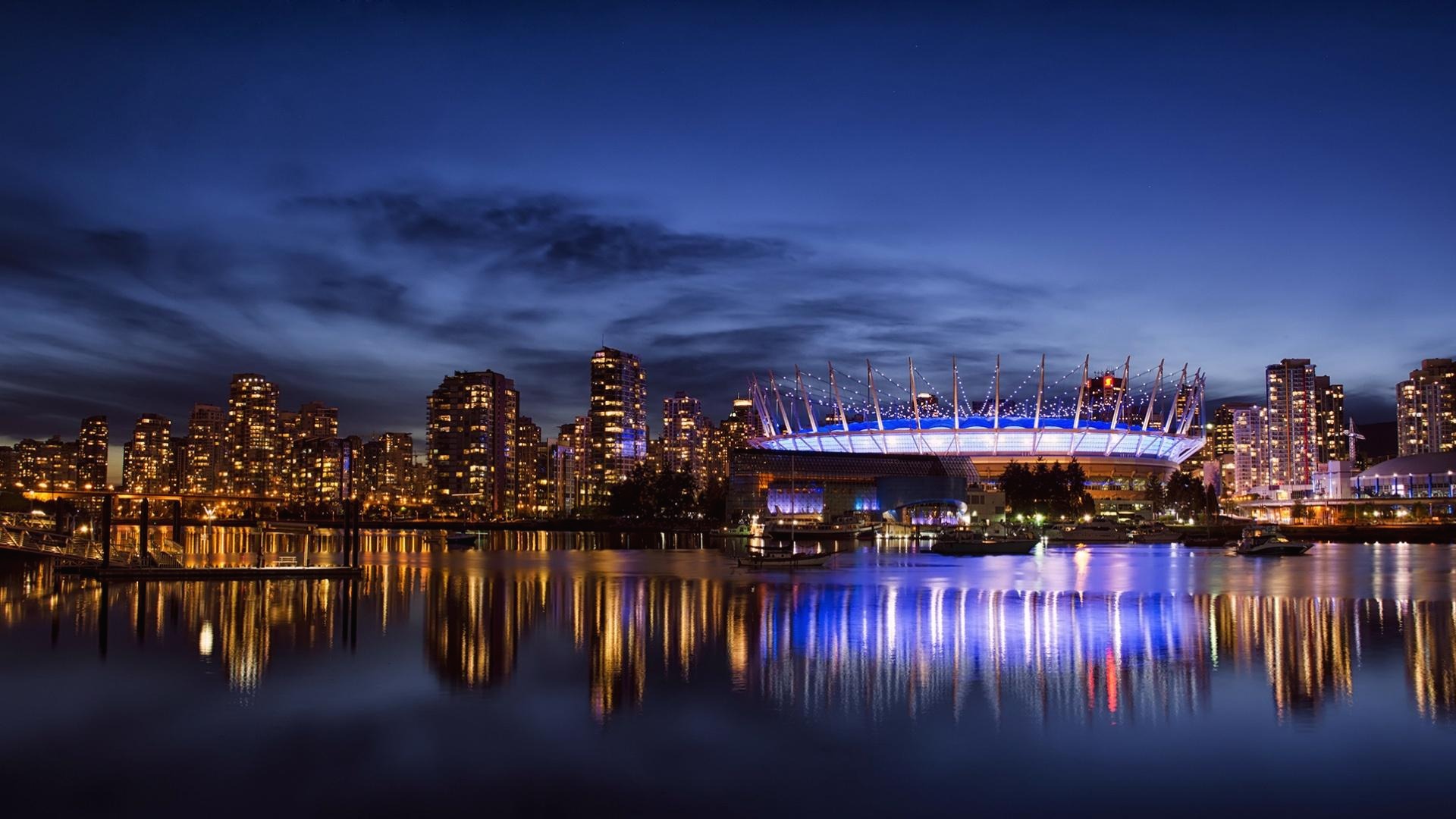General Motors receives 11% ownership of Nikola Corporation in new strategic partnership

Nikola Corporation and General Motors Co. have announced a strategic partnership that begins with the Nikola Badger and carries cost reductions through Nikola’s programmes, including: Nikola Badger, Nikola Tre, Nikola One, Nikola Two and NZT. As part of the agreement, Nikola will utilize General Motors’ Ultium battery system and Hydrotec fuel cell technology, representing a key commercialization milestone for General Motors.
Nikola will exchange $2 billion in newly issued common stock for the in-kind services and access to General Motors’ global safety-tested and validated parts and components. General Motors will be subject to a staged lock-up provision beginning in one year and ending in June 2025. General Motors will engineer, homologate, validate and manufacture the Nikola Badger battery electric and fuel cell versions.
Trevor Milton, founder and executive chairman, Nikola, said: “You couldn’t dream of a better partnership than this. By joining together, we get access to their validated parts for all of our programs, General Motors’ Ultium battery technology and a multi-billion-dollar fuel cell programme ready for production. Nikola immediately gets decades of supplier and manufacturing knowledge, validated and tested production-ready EV propulsion, world-class engineering and investor confidence. Most importantly, General Motors has a vested interest to see Nikola succeed. We made three promises to our stakeholders and have now fulfilled two out of three promises ahead of schedule. What an exciting announcement.”
Mary Barra, chairman and CEO, General Motors, said: “This strategic partnership with Nikola continues the broader deployment of General Motors’ all-new Ultium battery and Hydrotec fuel cell systems. We are growing our presence in multiple high-volume EV segments while building scale to lower battery and fuel cell costs and increase profitability. In addition, applying General Motors’ electrified technology solutions to the heavy-duty class of commercial vehicles is another important step in fulfilling our vision of a zero-emissions future.”
The agreement with Nikola extends General Motors’ utilization of its fuel cell technology to the Class 7/8 semi-truck market and represents a high-volume commercialization of its leading Hydrotec fuel cell system and complements the company’s battery-electric propulsion. Fuel cells will become increasingly important to the semi-truck market because they are more efficient than gas or diesel. General Motors sees additional growth opportunities in multiple transportation, stationary and mobile-power end markets.
General Motors’ battery development work is ongoing. Its Ultium battery technology roadmap includes silicon anodes and lithium metal anodes, which will improve vehicle range, affordability, and reduced dependence on rare and costly metals. It is already demonstrating automotive-grade durability and significantly higher energy density.
Nikola will be responsible for the sales and marketing for the Badger and will retain the Nikola Badger brand. The Badger was first announced in Februay 2020 and will make its public debut in December 2020 at Nikola World 2020 in Arizona. Badger production is expected to start in late 2022 at a location to be announced at a later date.
'Fuel Cell' 카테고리의 다른 글
| Nikola Shares Fall As It Fights Fraud Allegations (0) | 2020.09.15 |
|---|---|
| Chinese automakers want to sell more hydrogen-powered vehicles (0) | 2020.09.15 |
| 外部からの電力供給を「48時間」止める実験 大阪ガスの「家庭用燃料電池」 (0) | 2020.09.04 |
| Japanese companies to develop fuel cell vessel (0) | 2020.09.02 |
| Toyota Lunar Cruiser could take hydrogen fuel-cell tech to the moon (0) | 2020.09.02 |



